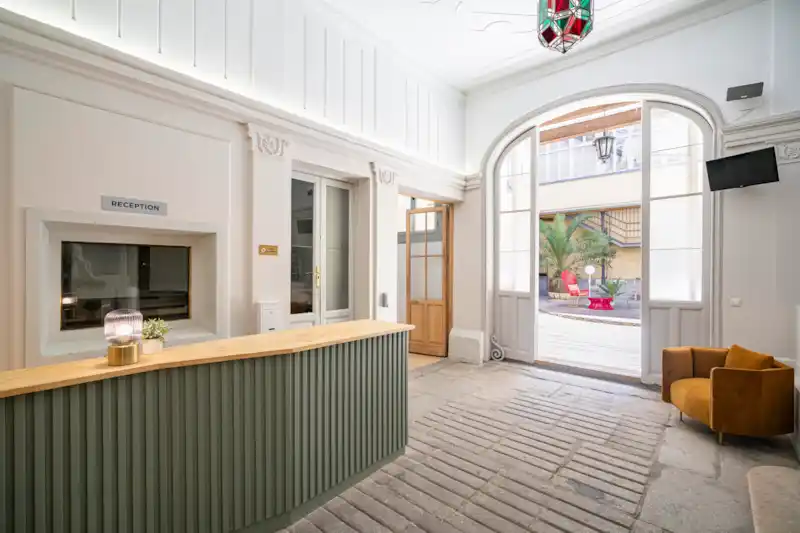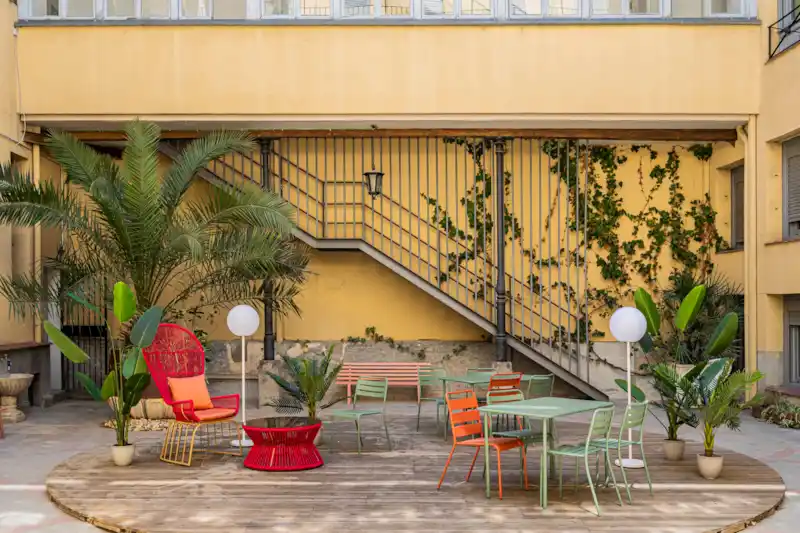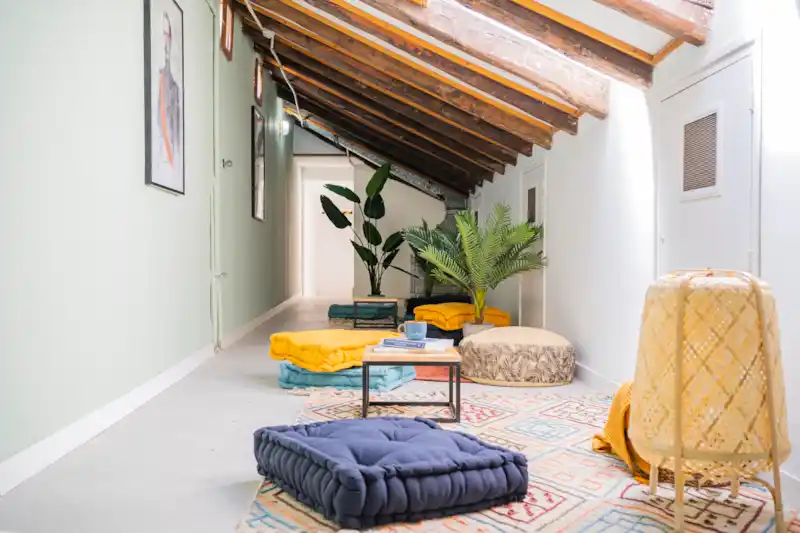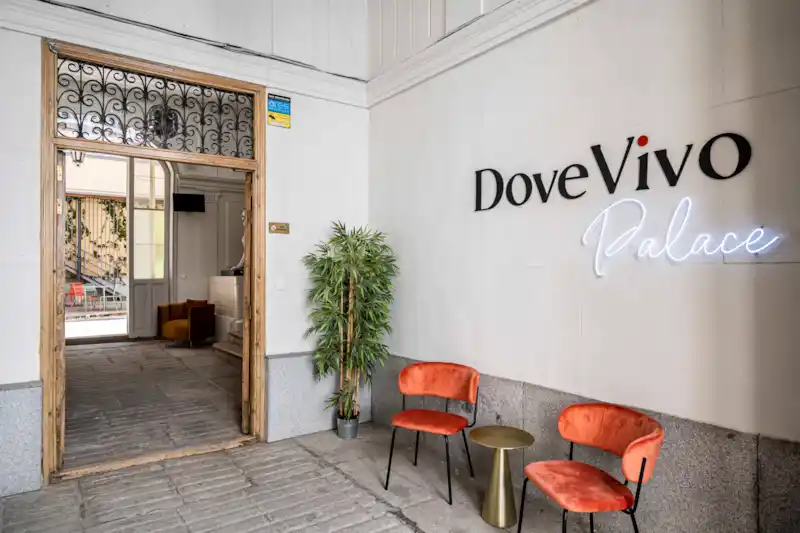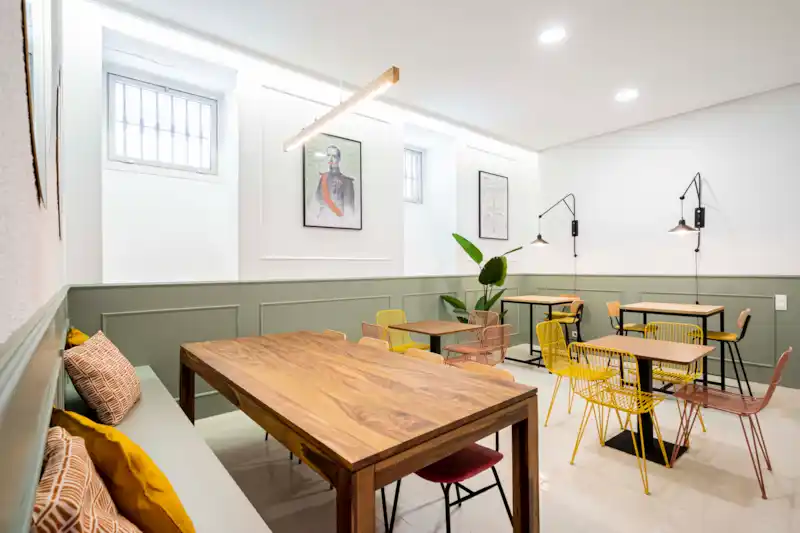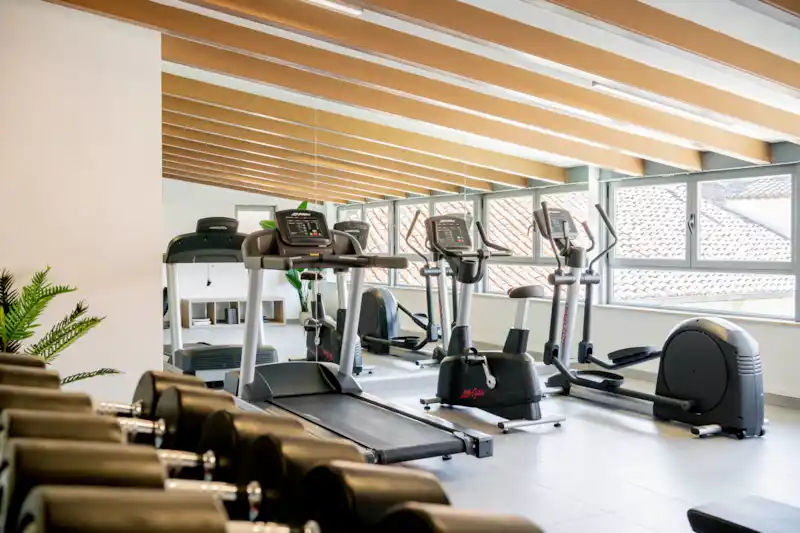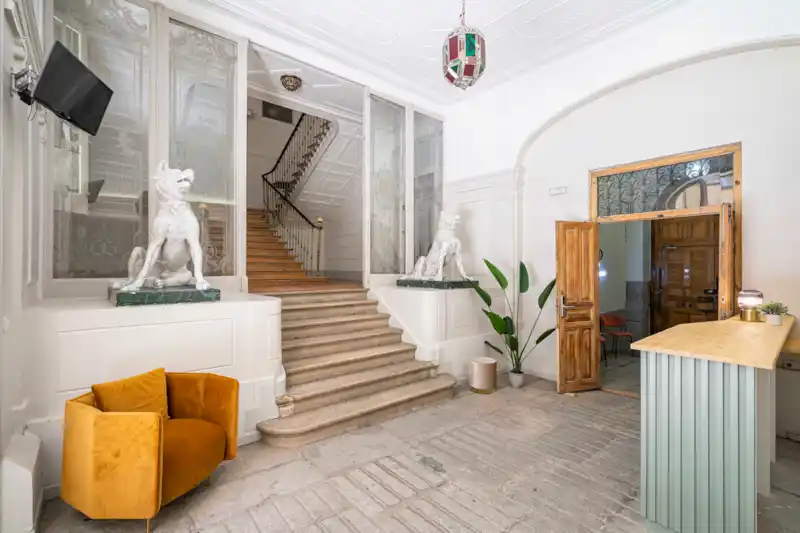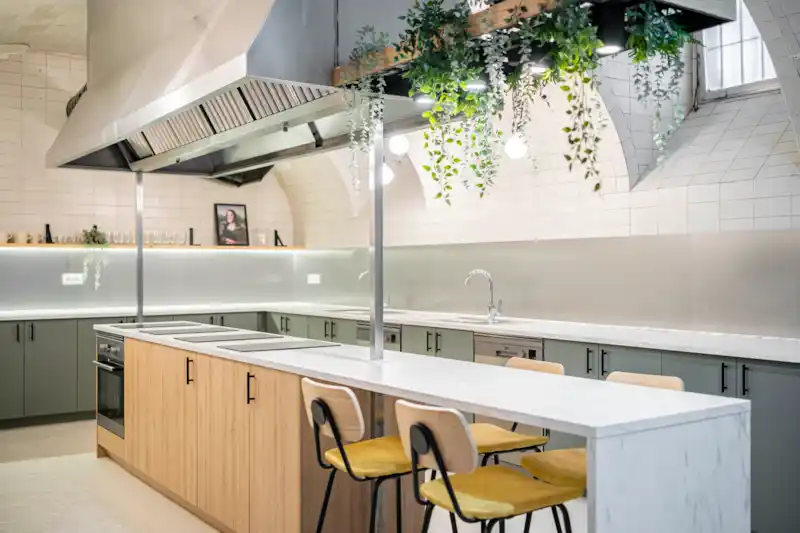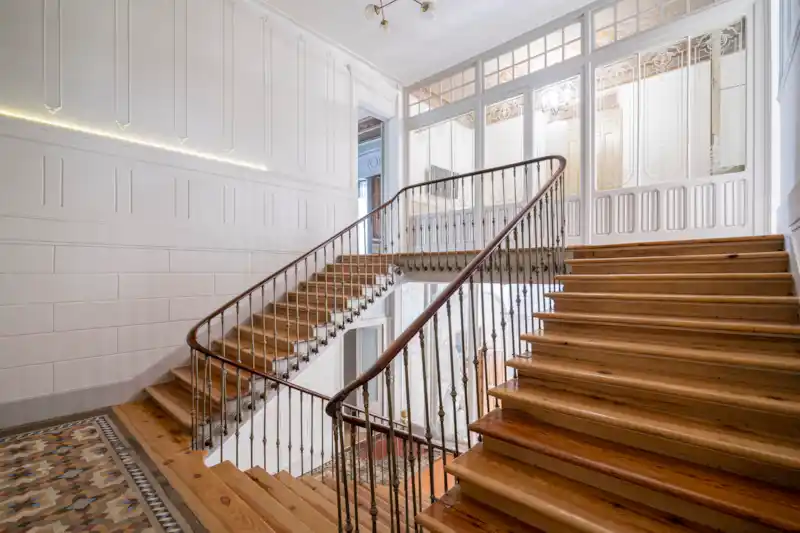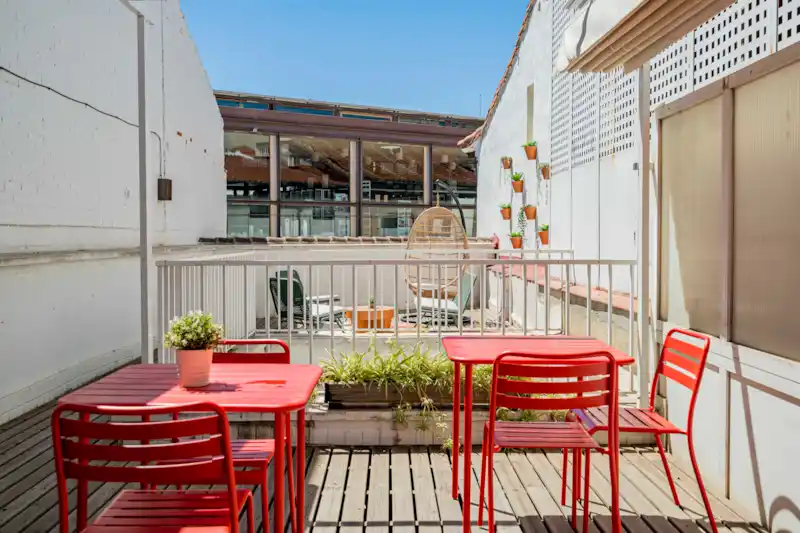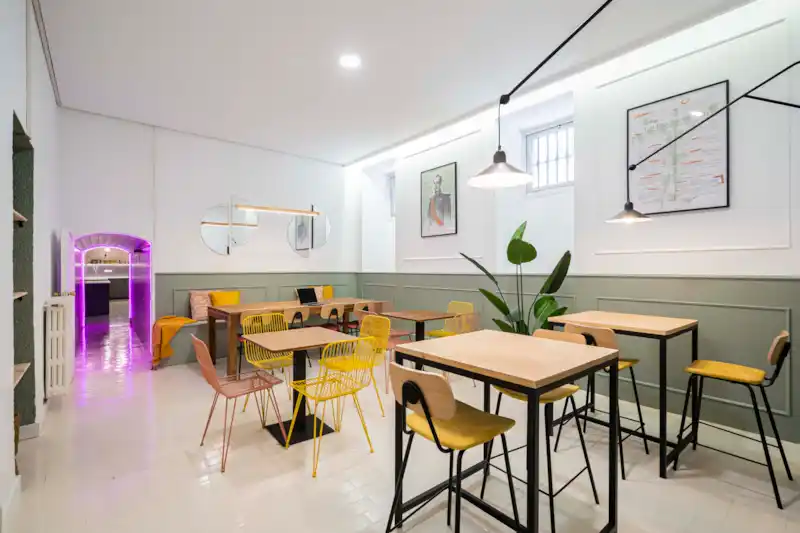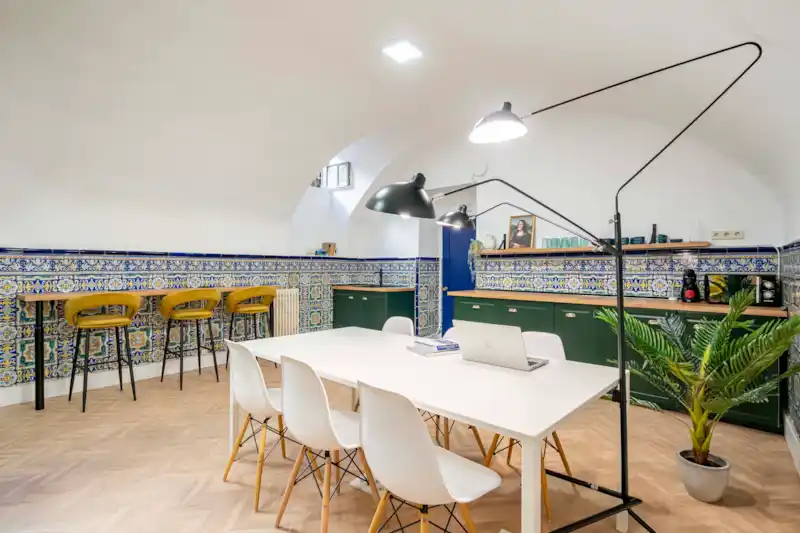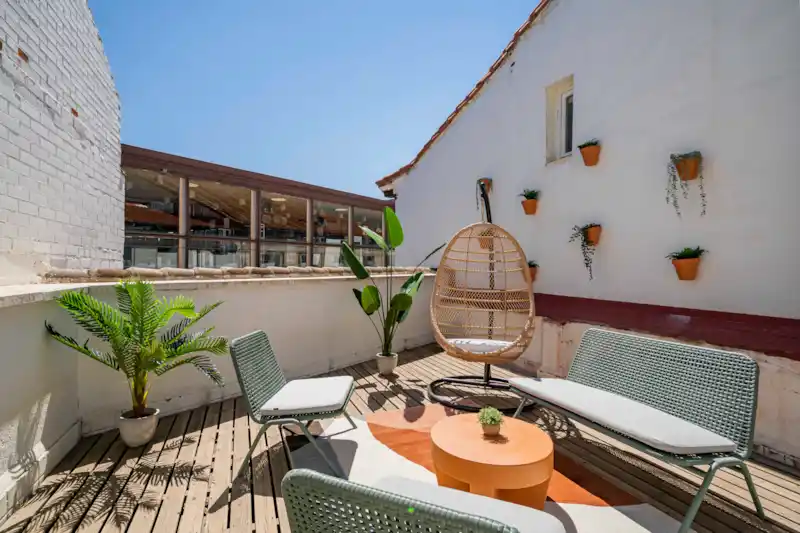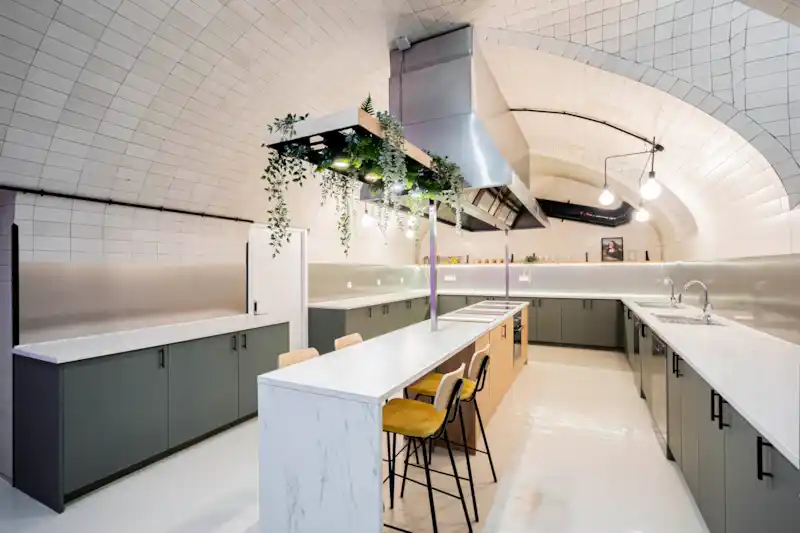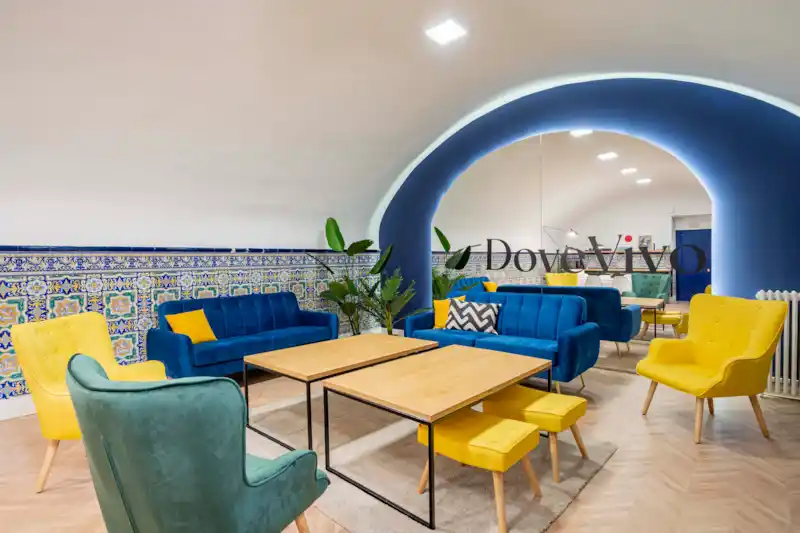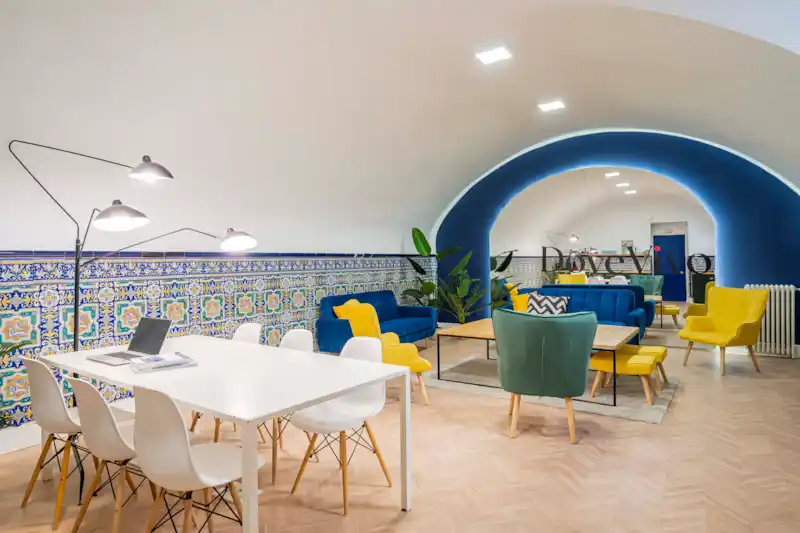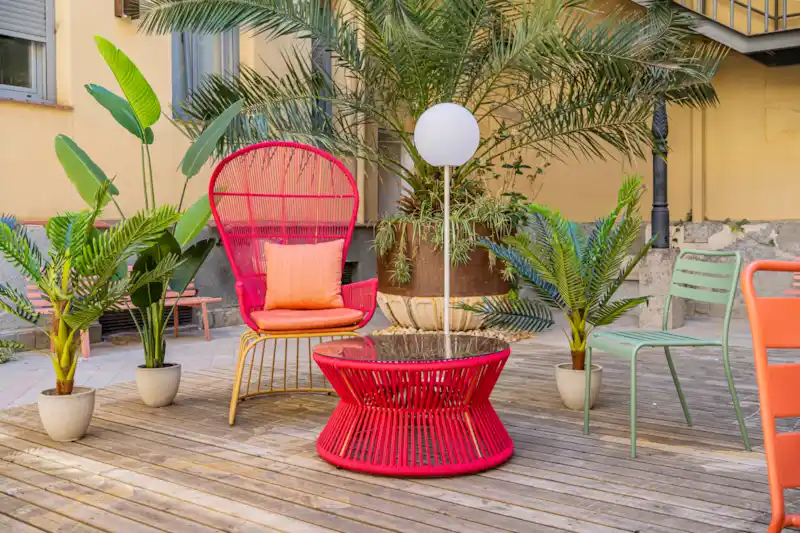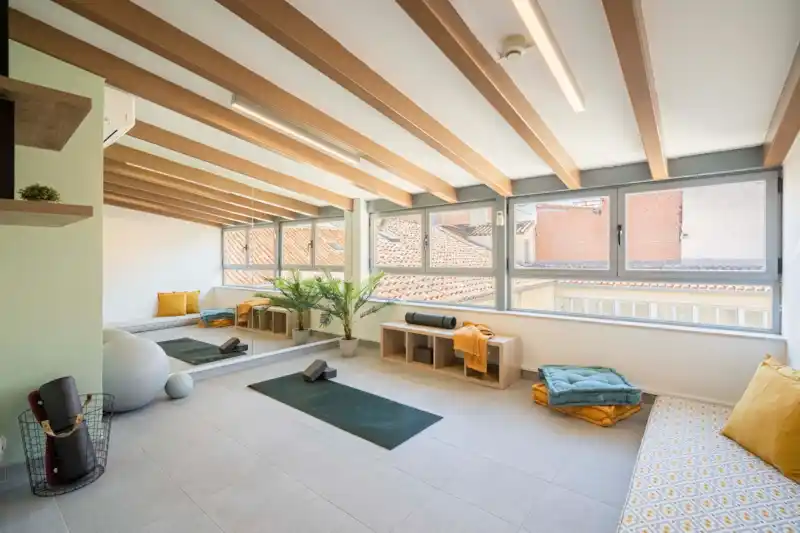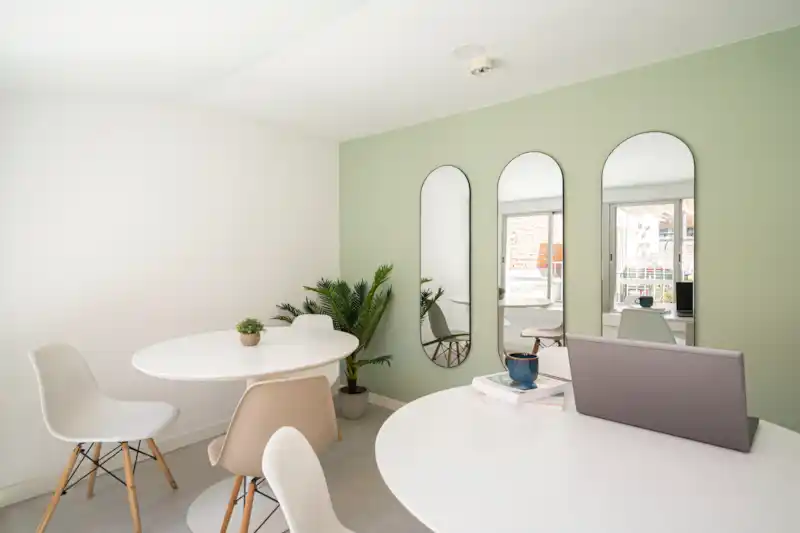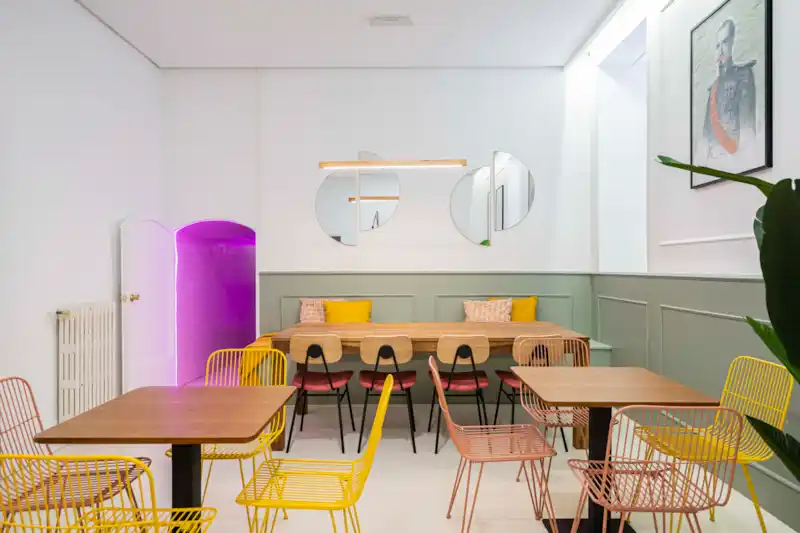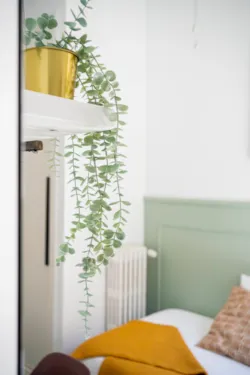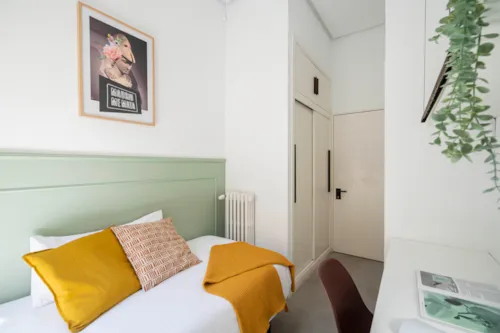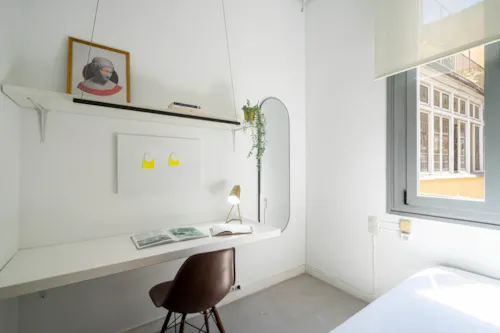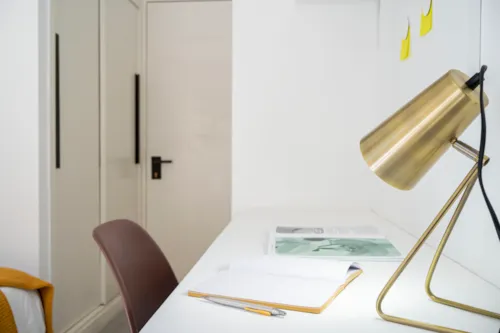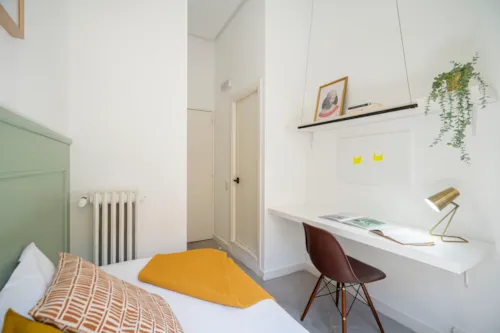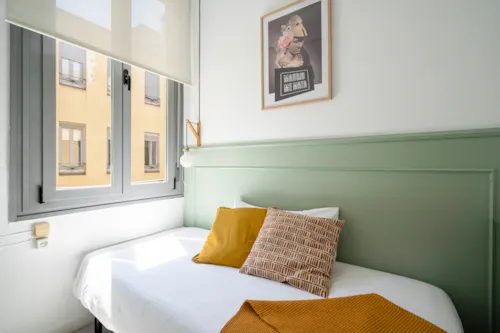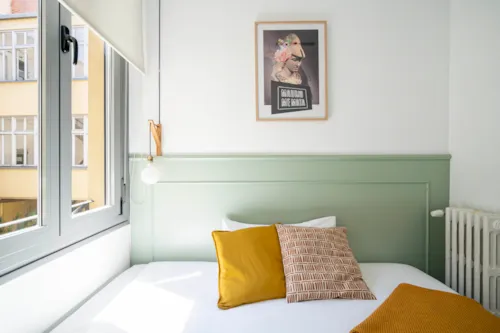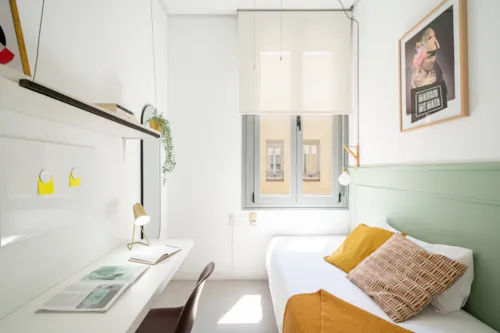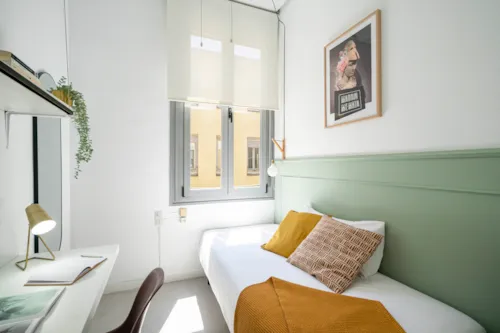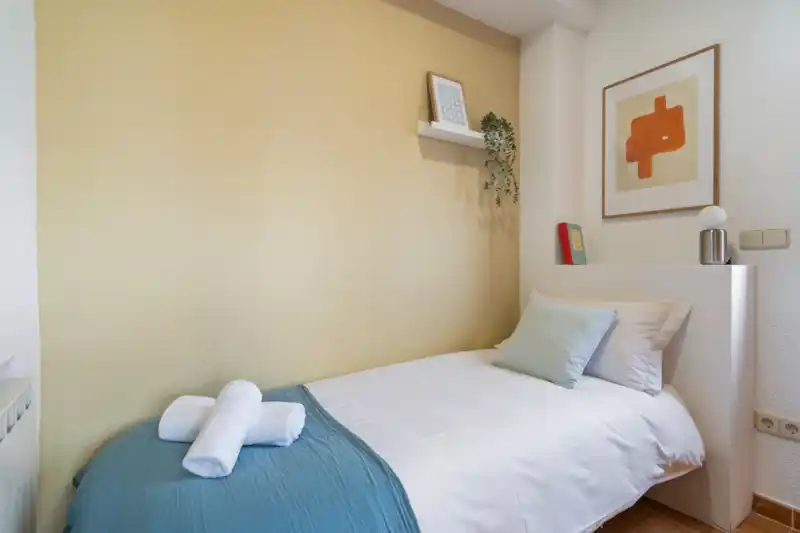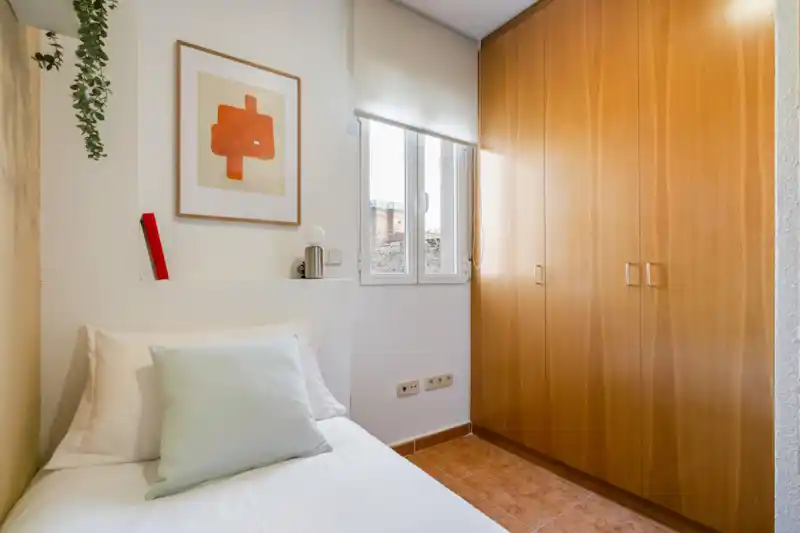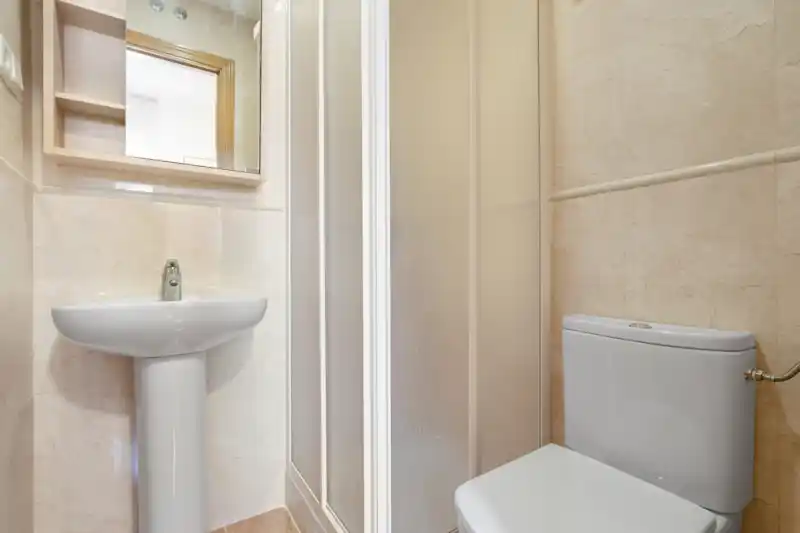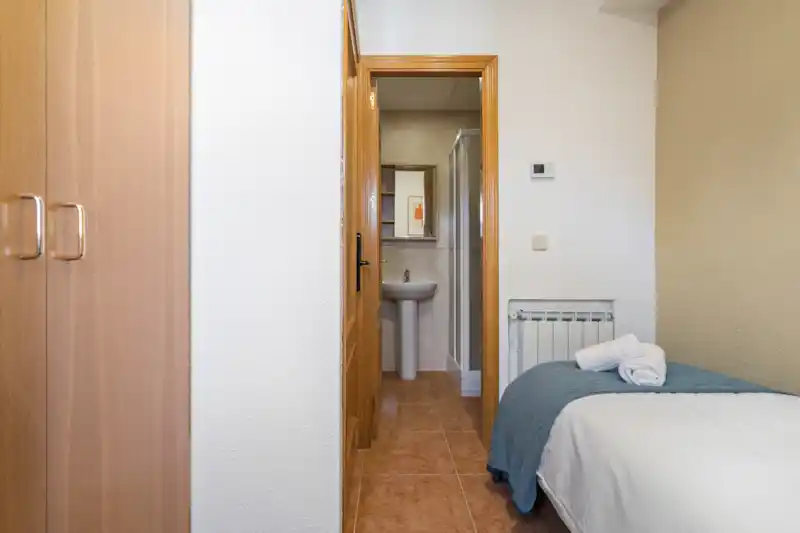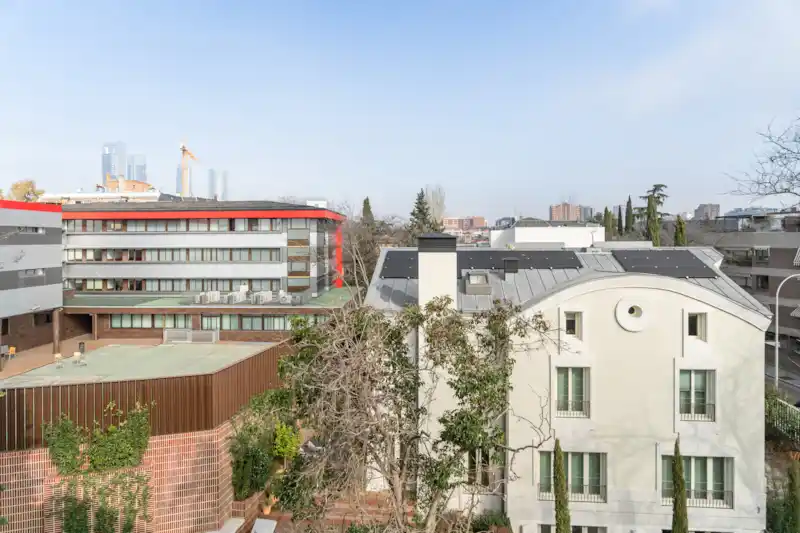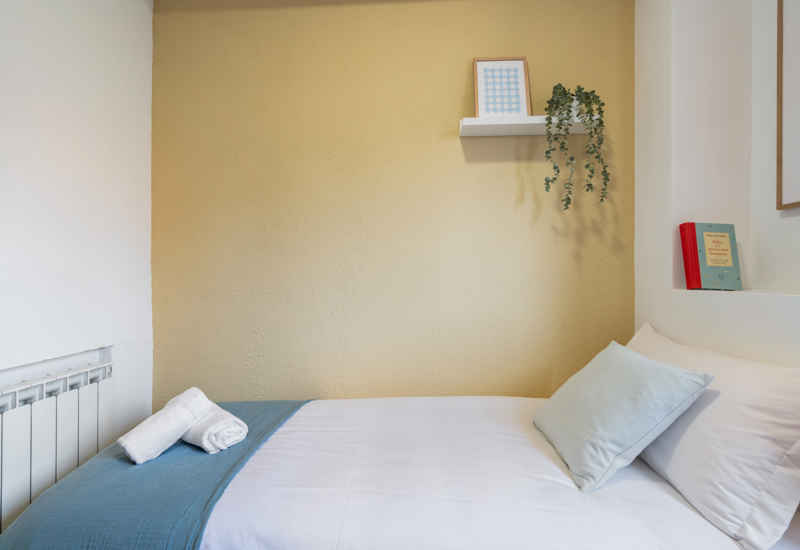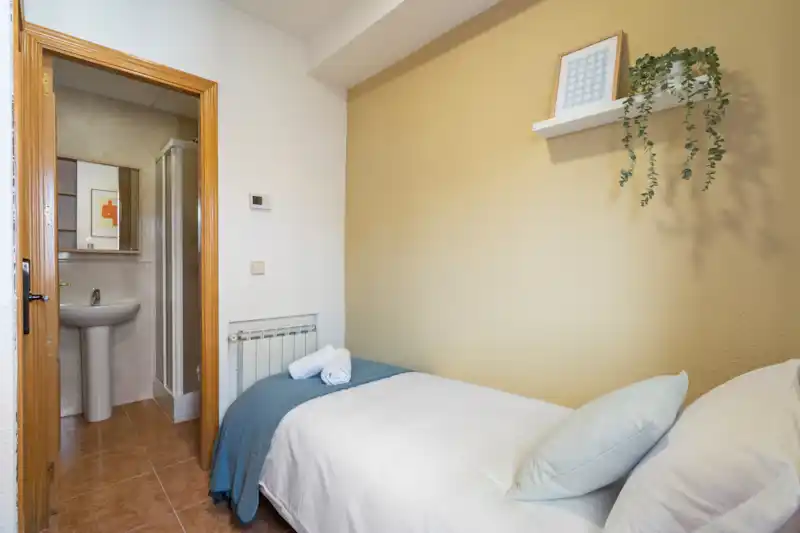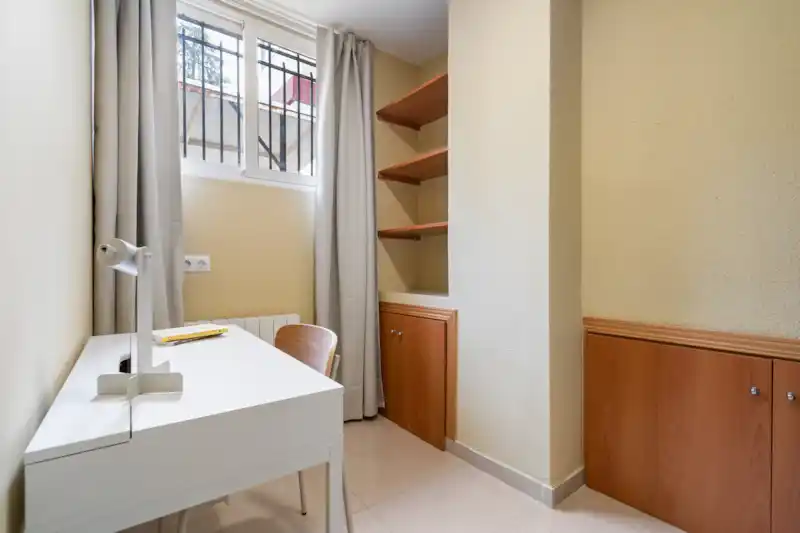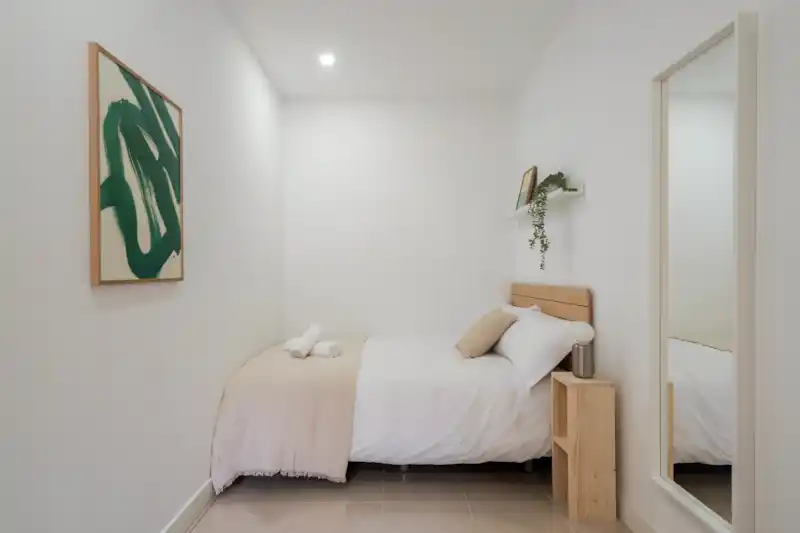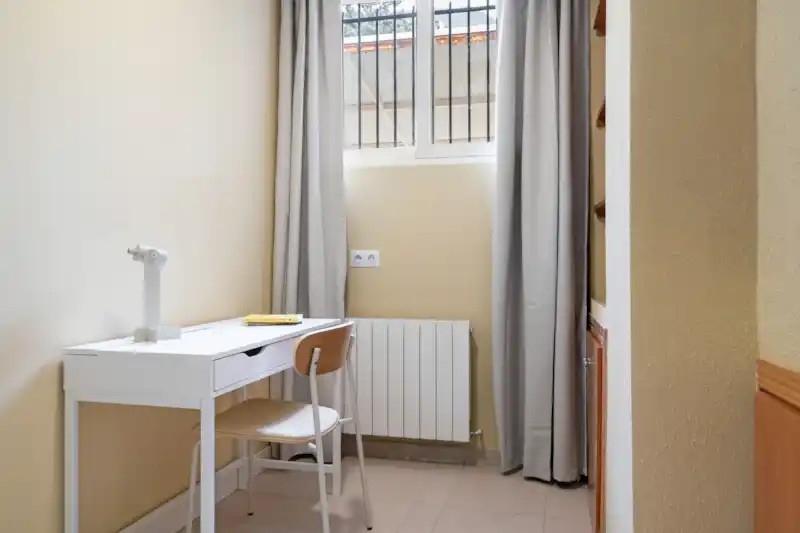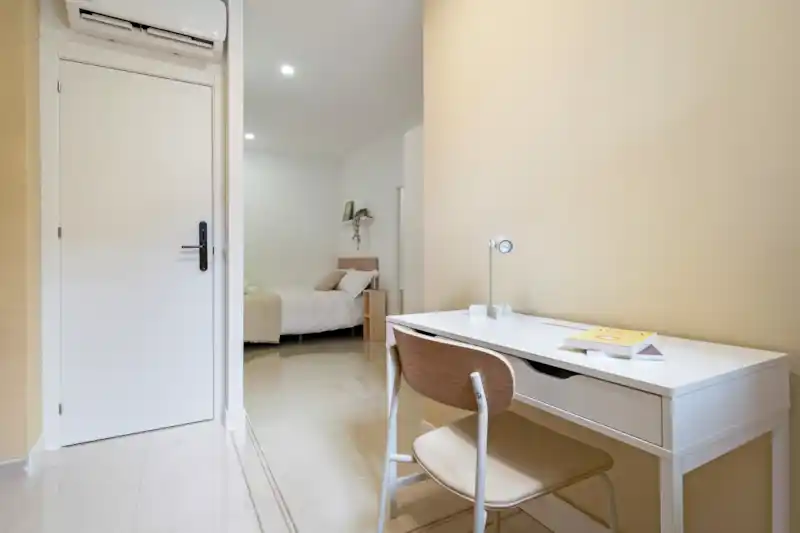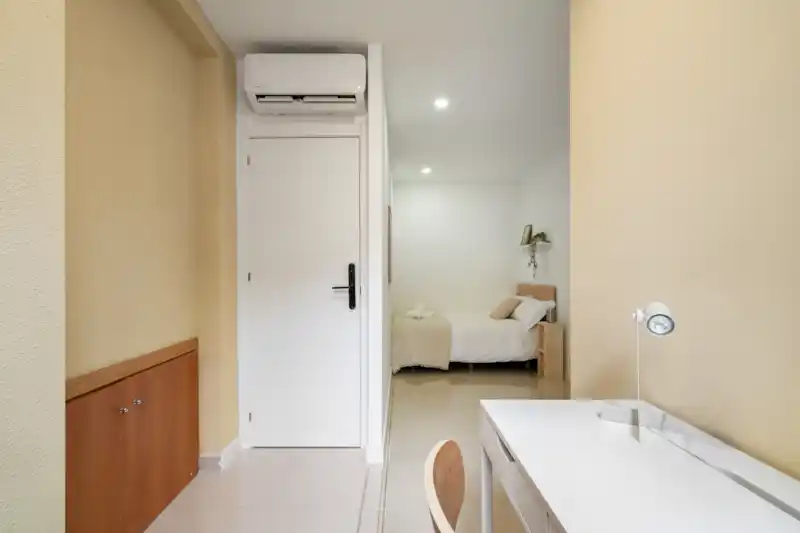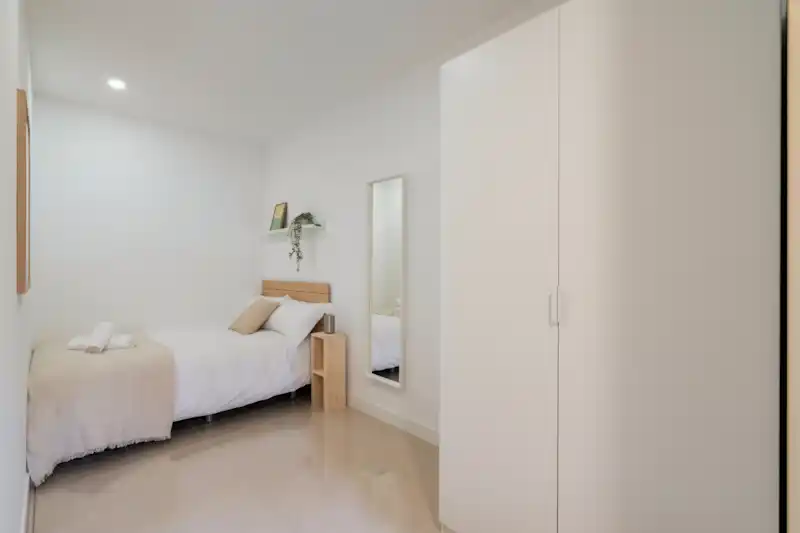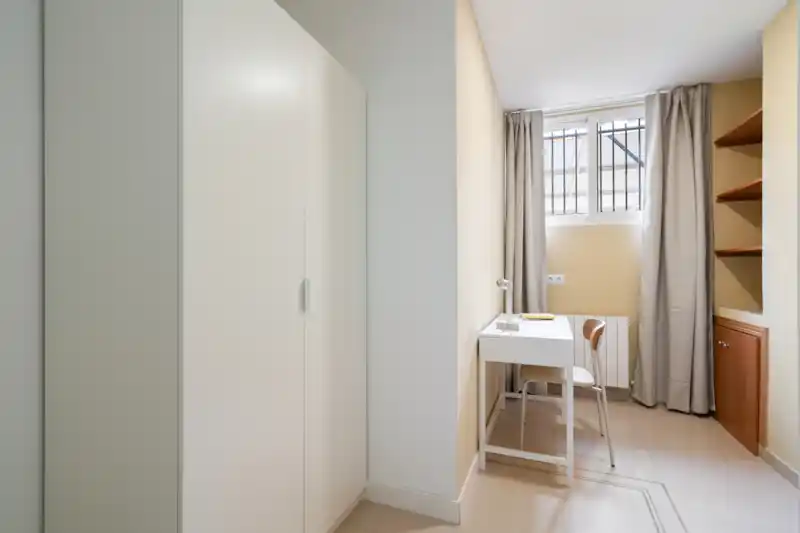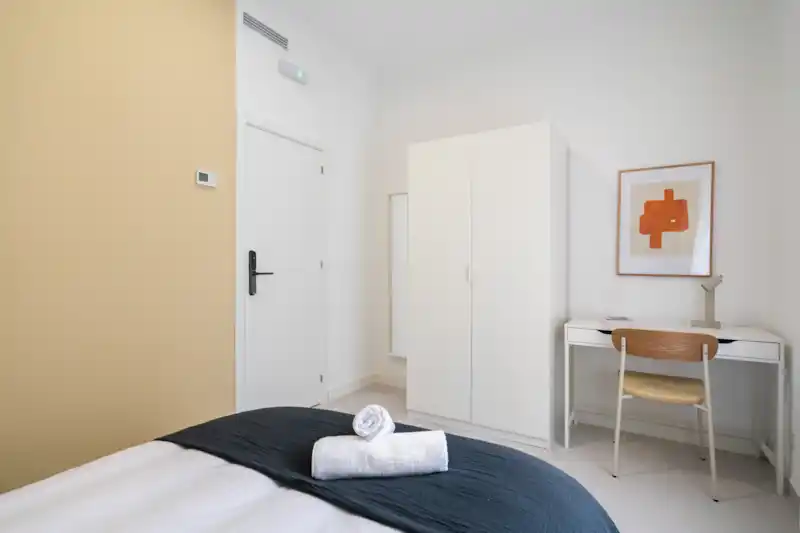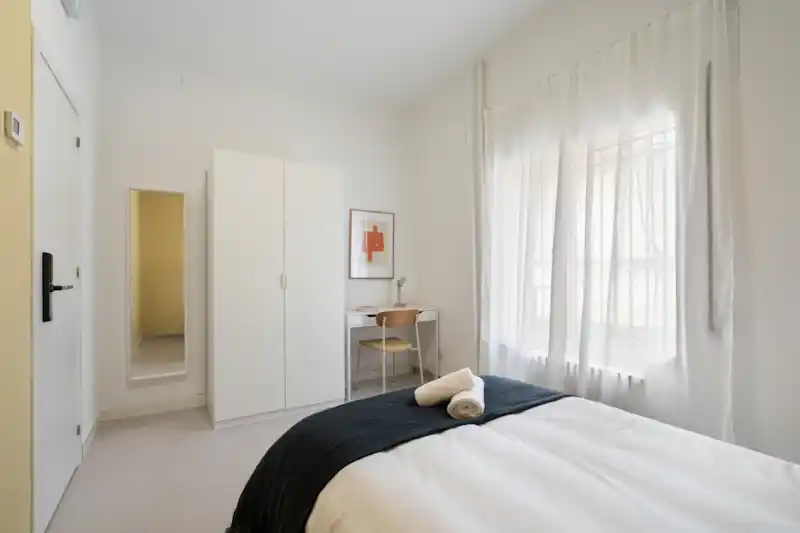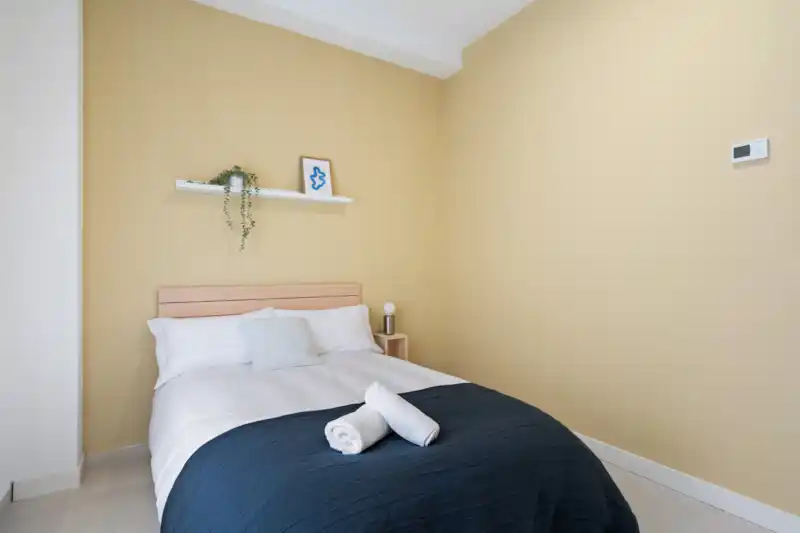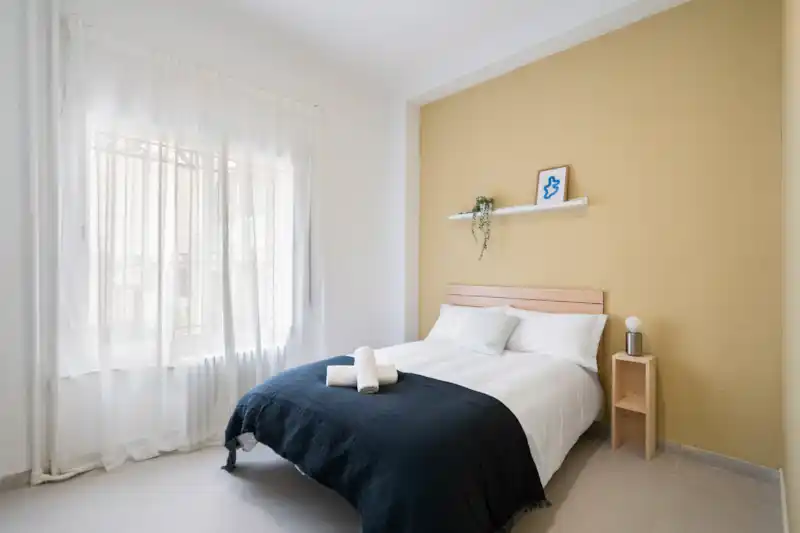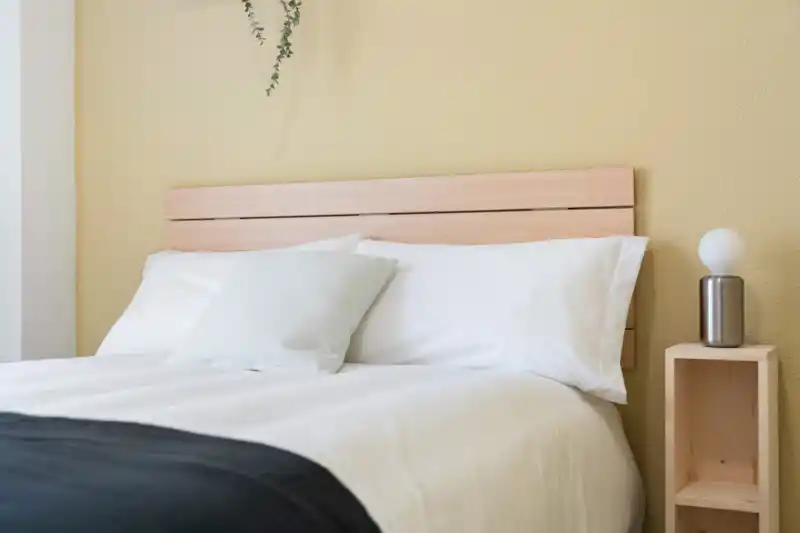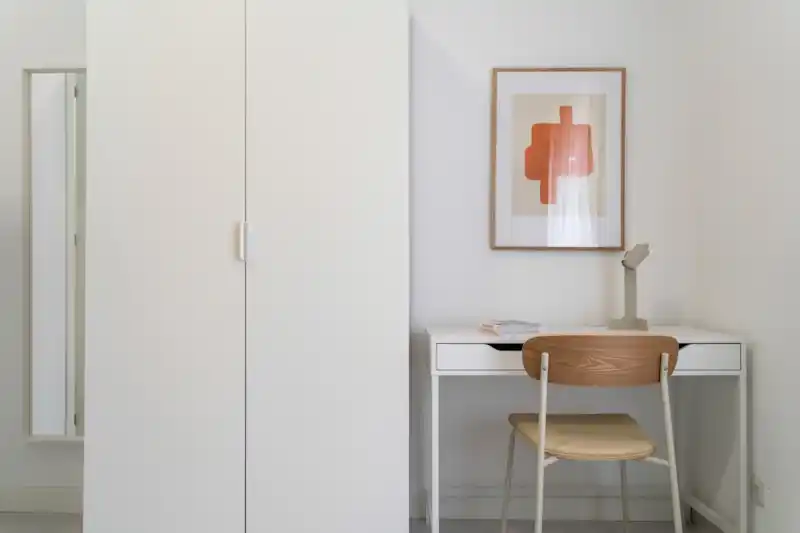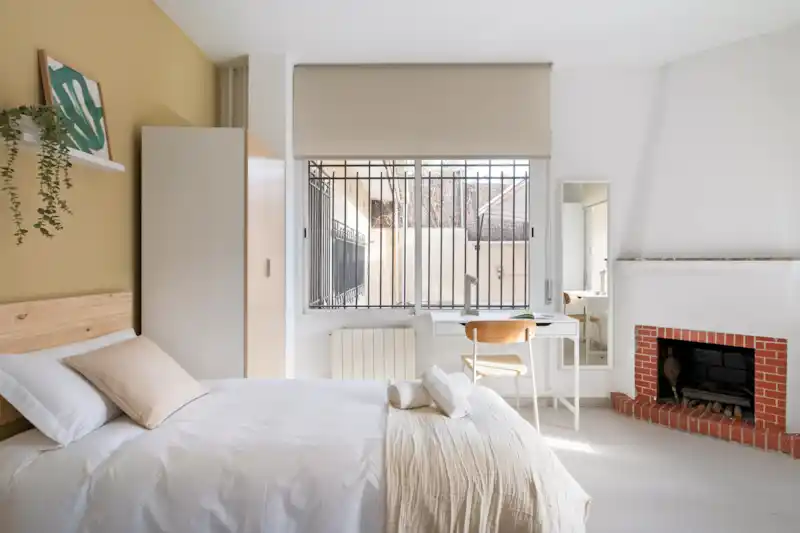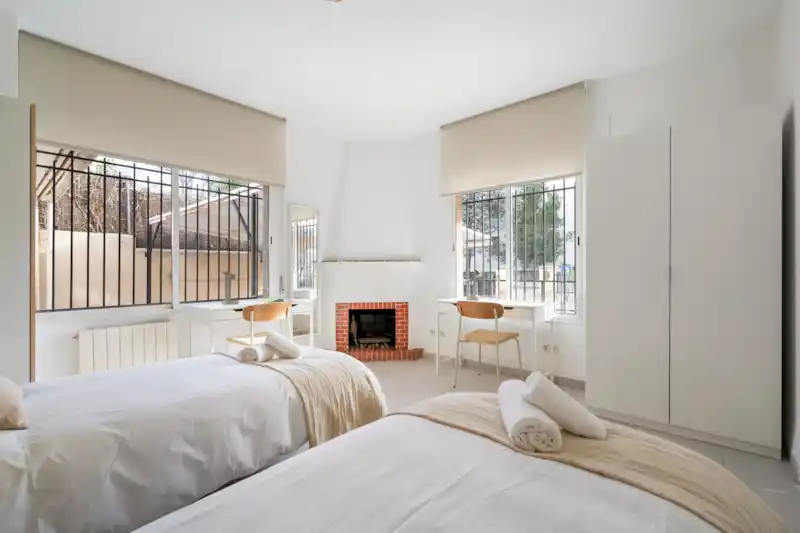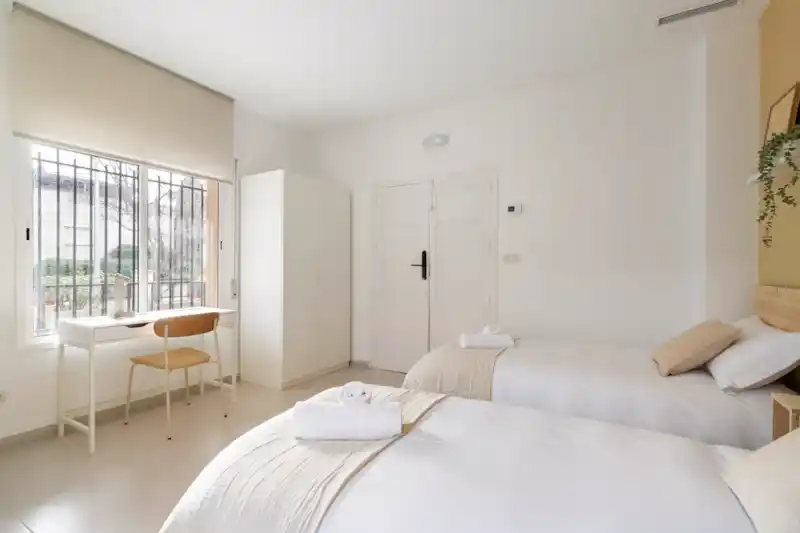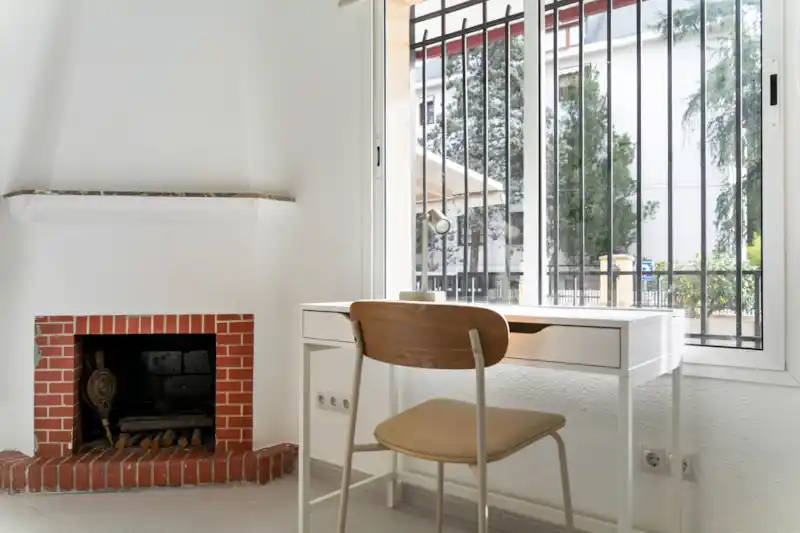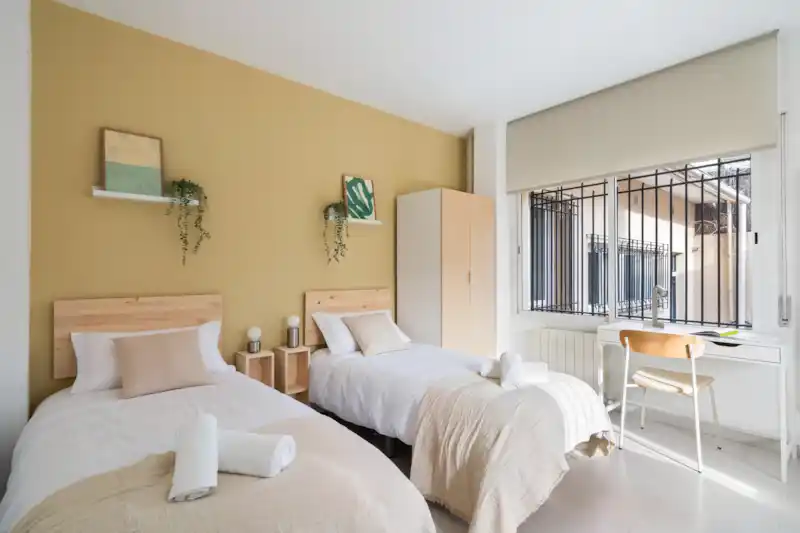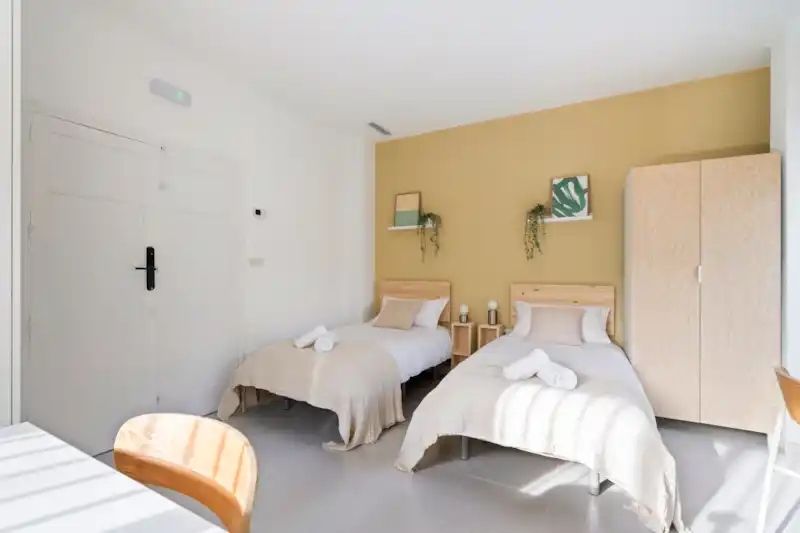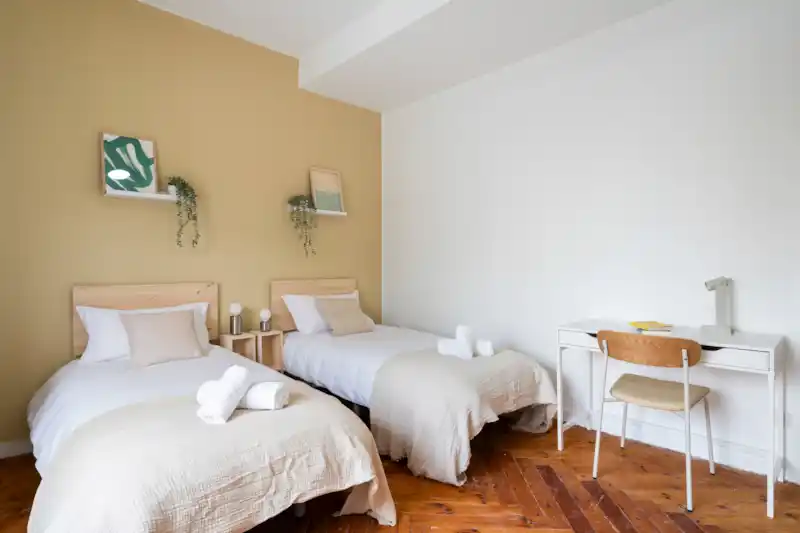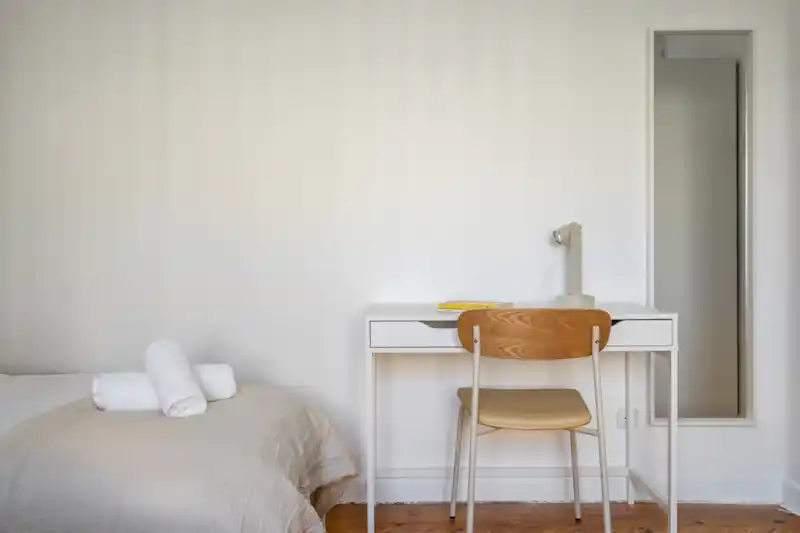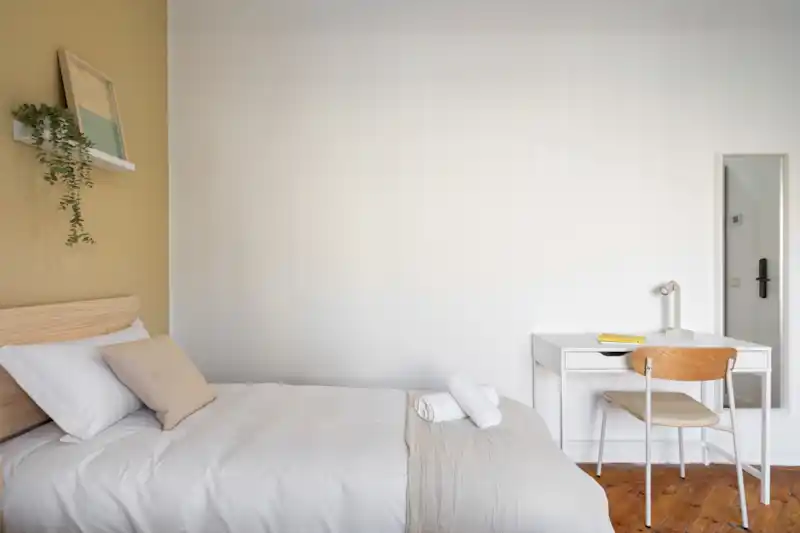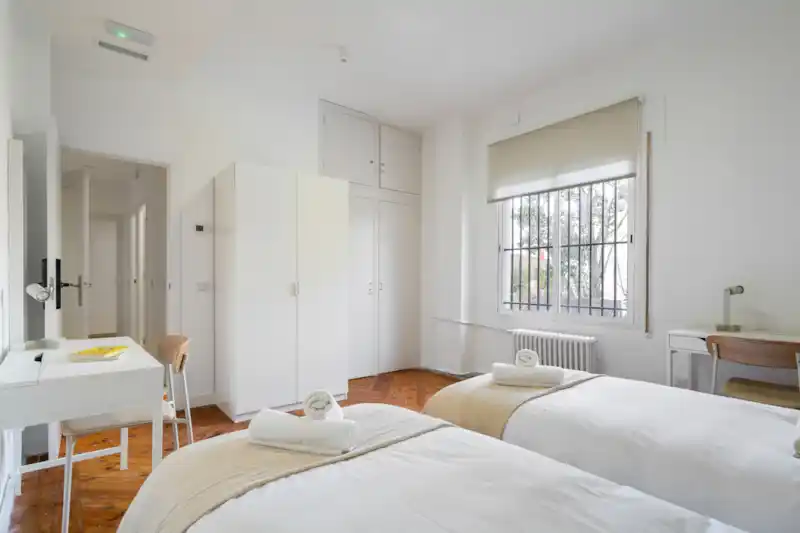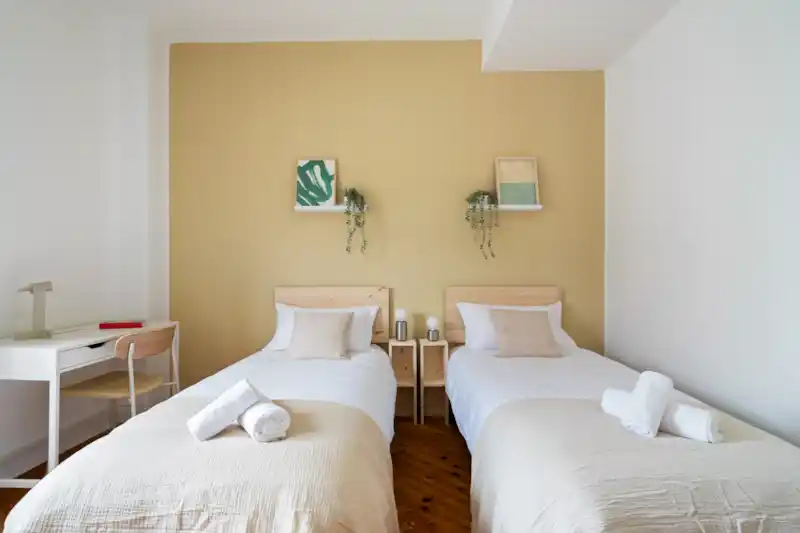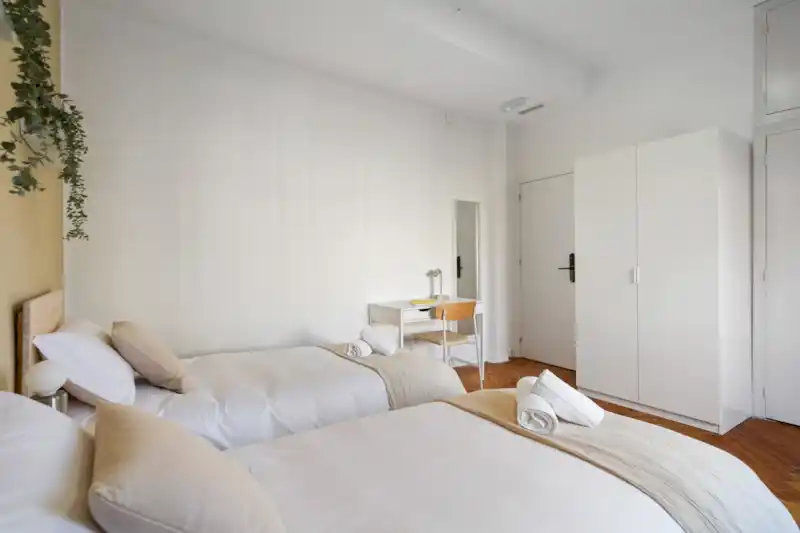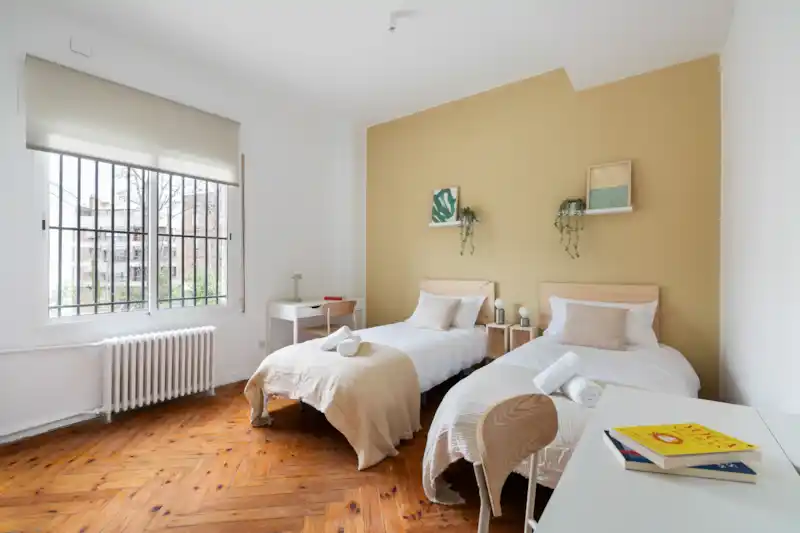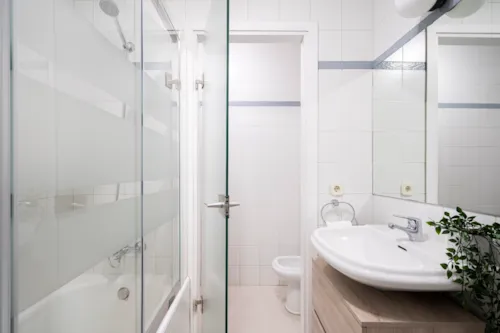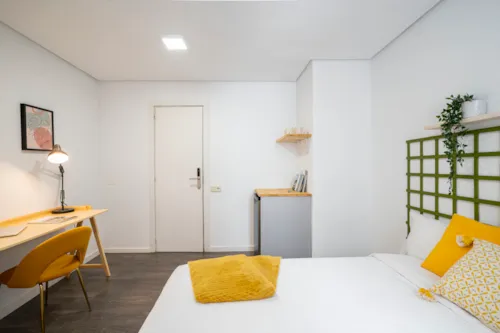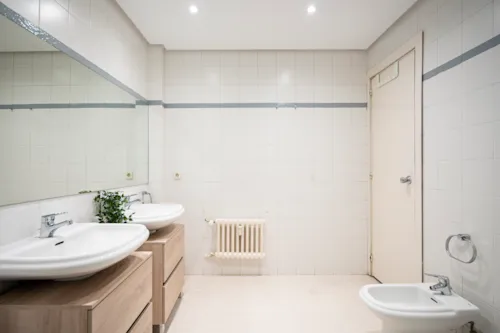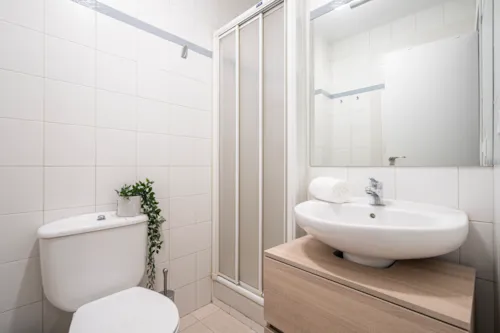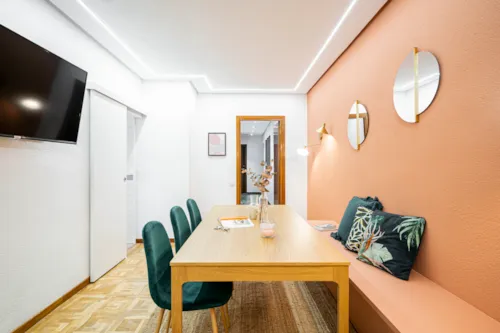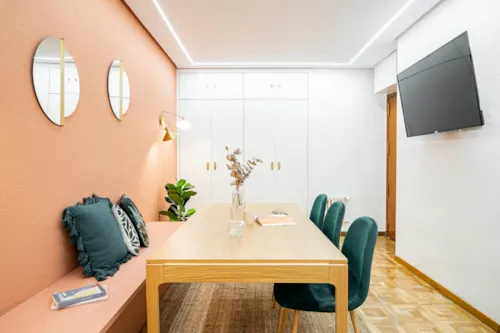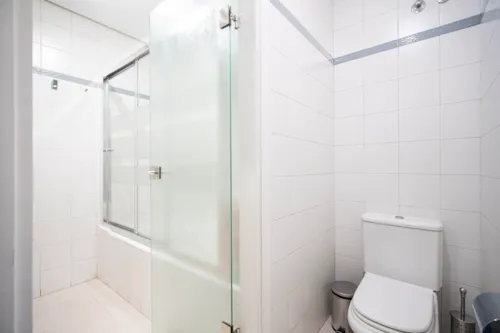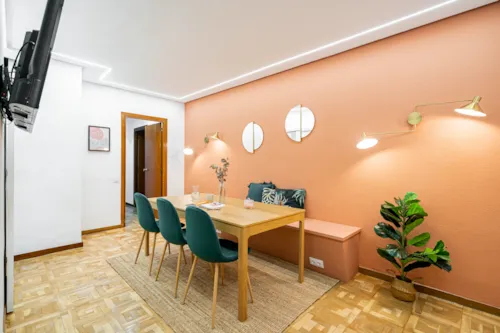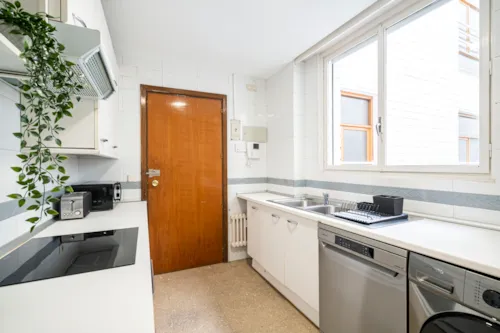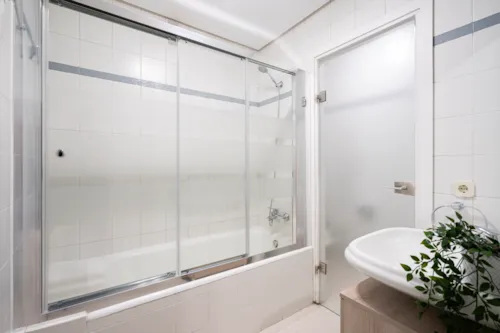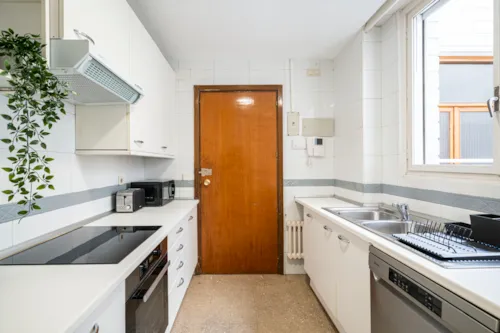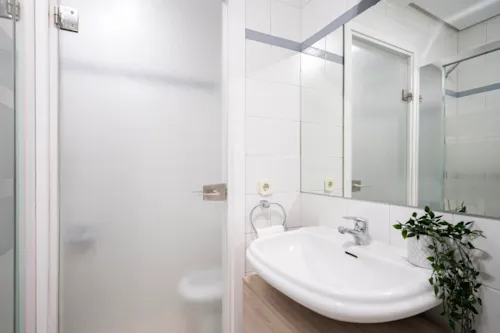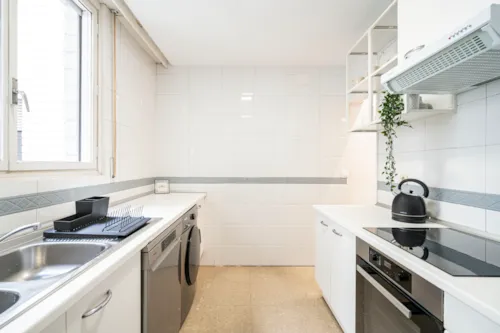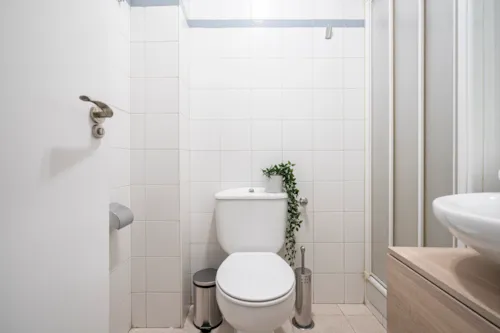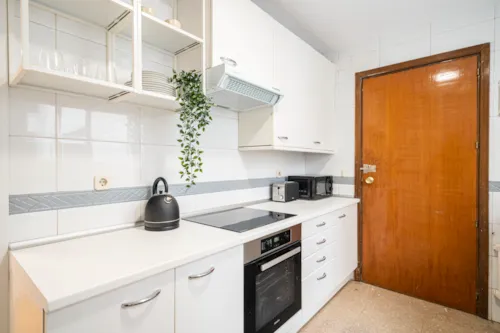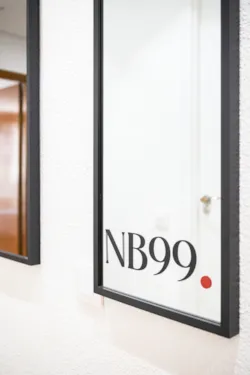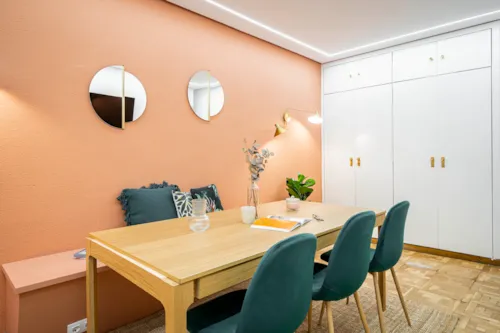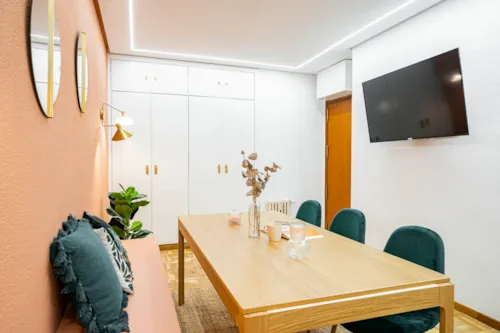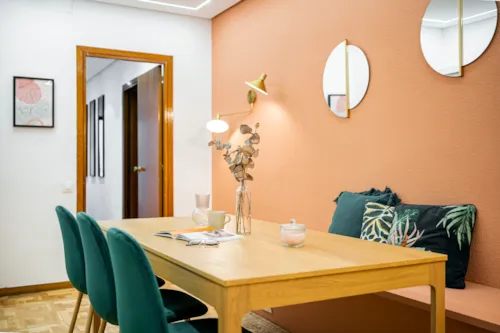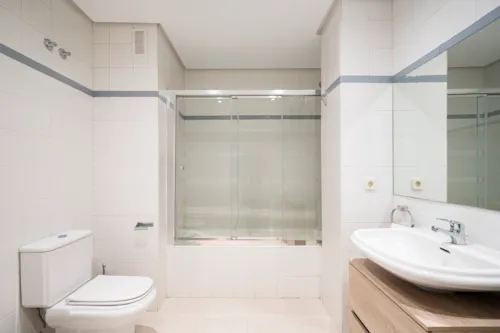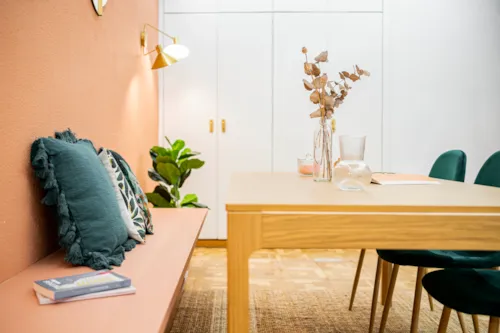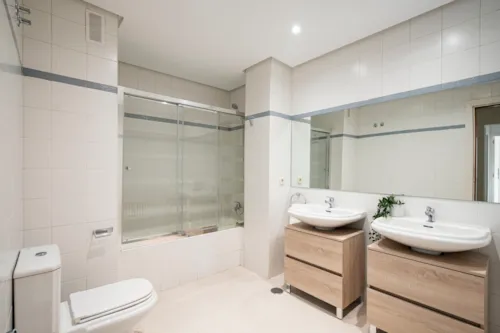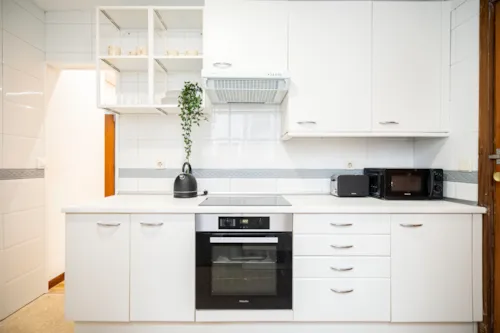
La Latina
La Latina district is located in the central area of Madrid. It covers a large part of the oldest part of the city, which was once considered the suburbs, and is very lively, despite seeming to be far from the more touristy areas.
Its name derives from a historical figure, the writer and humanist Beatriz Galindo, known by the nickname La Latina, because she was a teacher of the children of Isabella La Católica, Queen of Castile.
This popular district still reveals a traditional urban layout of winding medieval streets and irregularly laid out squares. Some very old buildings still survive, while others date back to the 19th century, characterised by numerous windows and narrow wrought-iron balconies. It is a perfect location for those who wish to walk aimlessly, full of traditional taverns and markets to browse in, including the characteristic La Cebada Market.
The presence of markets is also due to its ancient commercial tradition. Indeed, in the Madrid of yesteryear, La Latina was an area where many merchants came to sell their goods.
The district is semi-pedestrianised and well connected by public transport. The M1 and M5 metro lines run from here, and there are also day and night buses.

Apartments in La Latina
What to see and do
If you find yourself in La Latina, as you stroll through its narrow streets and savour the everyday life of Madrid, there are several artistic and cultural attractions worth visiting.
We begin with the Real Basilica de San Francisco el Grande, which dates back to the 18th century and boasts the largest dome in Spain and the fourth largest in Europe. An important Catholic place of worship overlooking the Plaza de San Francisco. It also houses a museum with an important collection of paintings, including some works by the famous painter Goya.
Another church to see is the Church of San Andrés, not well known by large groups of tourists, so it is a quiet and pleasant place to visit. It has a beautiful dome, stained glass windows and decorations that will leave you speechless.
We proceed to the Museo de San Isidro where the archaeological heritage of Madrid is on display: from material to social and even spiritual traces of the cultures that populated the area. This collection covers many historical periods, from the Palaeolithic to more modern times.


In between tours you will also find yourself in front of the Toledo Gate, whose origins date back to the time of Napoleon Bonaparte. Almost every neighbourhood in Madrid has its own gate, this is because in the past there was a wall that surrounded what was the citadel, now the historical centre, which could only be accessed through those gates.
In addition to buildings and monuments, La Latina is also home to the Parque de las Vistillas, a green area with trees, fountains, statues, flower beds and walking paths. These are gardens little frequented by tourists, but very much by the inhabitants, especially at sunset time. From here, in fact, one can enjoy a wonderful view of the Almudena Cathedral in the background.
Another ideal occasion to experience this neighbourhood is during the traditional festivities in Madrid, such as the Verbena de la Paloma and the Fiesta de San Isidro. During these events, typical songs and dances are performed by real madrileños.
Where to eat and drink
La Latina is the district where the art of tapas is most widespread, i.e., the small plates of appetisers with which to accompany a good drink.
There are plenty of bars and taverns where you can enjoy these Spanish-style dinners, drink good beer or sip cocktails. In Cava Baja or Cava Alta streets, the two best known for the number of bars, pubs, taverns, and restaurants specialising in tapas and frequented by the locals.
In particular, Cava Baja, which stretches from Plaza de la Puerta Cerrada to Plaza del Humilladero, is home to most of the taverns. Five old inns remain: San Isidro, El Dragón, El León de Oro, San Pedro (Mesón del Segoviano) and the Posada de la Villa.
A characteristic feature of the neighbourhood is also its versatility, which more or less satisfies everyone's tastes. There are establishments specialising in croquettes, others in potatoes (papas bravas) and still others in fish tapas, including squid and anchovies. But in every restaurant in the neighbourhood, you will find a rich selection of all these options without risking disappointment. Moreover, it is here that you can taste the best fried eggs in town.


Here are the names of some restaurants in La Latina that you should try: Ástor gastro-place, the menu is varied, and you can find national and international dishes; La Musa Latina, cuisine centred on local products and a tasting menu; Restaurante Argentino El Camoatí, for a change of cuisine and a range of traditional Argentine stews, empanadas and grilled meats. And again: Taberna La Concha, simple and homemade flavours accompanied by an interesting wine list; Juana la Loca, typical dishes in a modern and chic setting.
In almost all restaurants you can eat paella, but here are a few in particular: Restaurante el Madroño, Amar la mar, Rincón de Ati, Abuela Herminia - Parrilla Argentina y paellas, Los Secretos de Lola Restaurante, Taberna Salamanca. Among the terraces, El Viajero stands out, and among the typical cafés Café del Nuncio.
The nightlife is also very lively, although less trendy than in other districts. The clubs are smaller and simpler, but open until late, especially at weekends.

Where to go shopping
One of the district's landmarks is the Mercado de la Cebada, one of the largest food markets in Madrid, located in the square of the same name. It is a two-storey structure that offers stalls selling fresh produce of all kinds, from vegetables, meat, fish and cured meats to clothing stalls and gifts.
Another of La Latina's main attractions is the Mercado del Rastro, open on weekends and holidays, but a popular destination for locals especially on Sundays, when the best deals can be found. This open-air market is also popular among tourists and there are all kinds of stalls selling vintage items, antiques, frames and paintings and so on.
There are also second-hand shops in the neighbourhood that are open during the week. They are great if you want to find something special and cheaper than in the more touristy districts of Madrid.
Not to be missed at the Rastro, but in general when you are in Spain, are the churros, the fried sweets that you can choose to eat with milk or white chocolate or dulche de leche. An address adored by the locals is the Churrería Santa Ana, where you will find churros and hot chocolate also to take away.

Some questions?
Have more questions?
